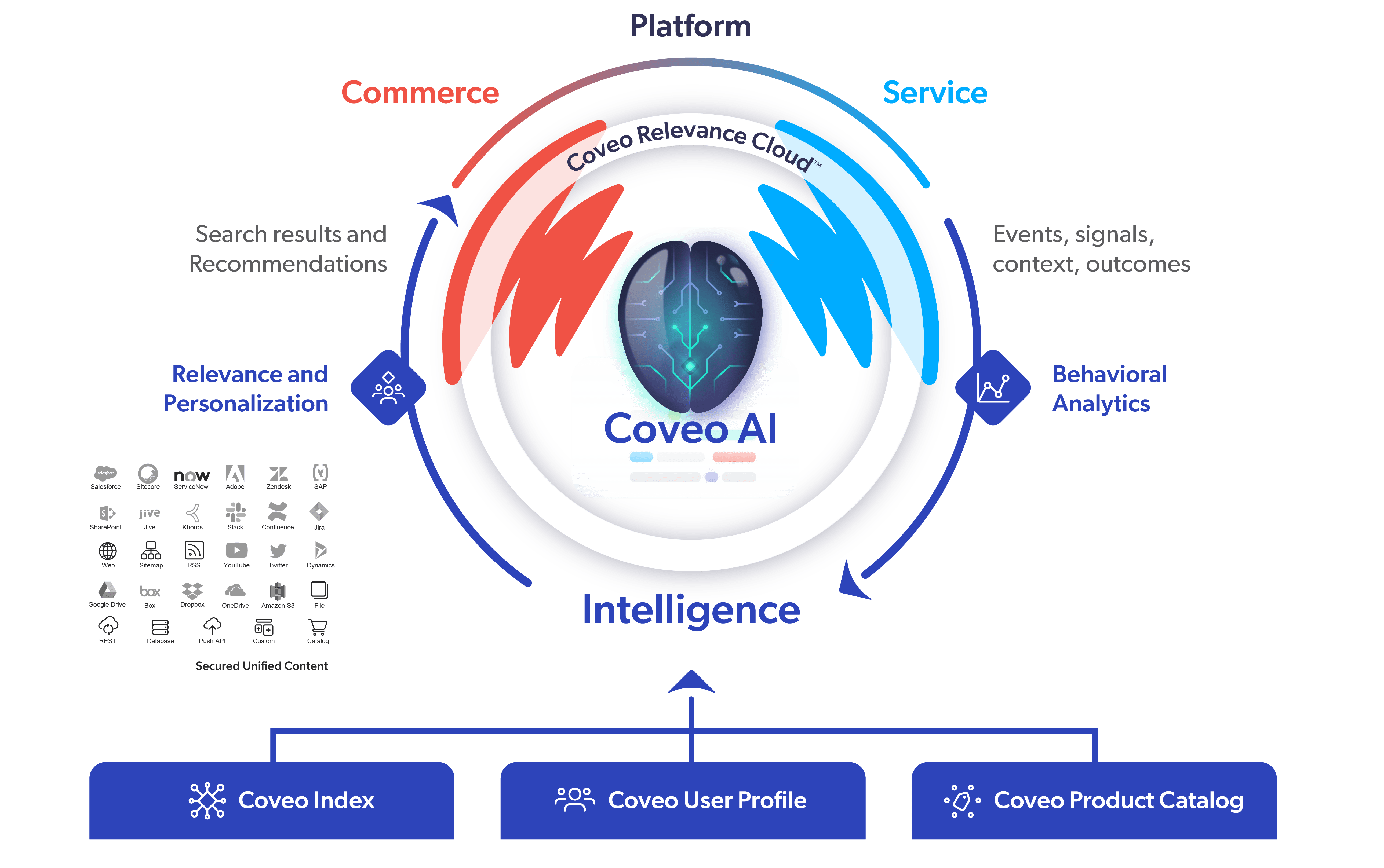With an exponential growth of popularity in mainstream use of AR, VR and metaverse innovation, brands who want to create more engaging experiences need also factor in the accessibility compliance associated with that. In my previous blog, I highlighted the growing priority around digital accessibility compliance for brands. While these technologies provide new and immersive experiences, they present unique accessibility challenges.
As is often the case, innovation has surpassed the standardization and rules around the use of new technology. For both digital transformation initiatives and day-to-day content management, companies need to approach accessibility standards from a holistic perspective, instead of considering it as another box to check off. It is a critical shift needed in digital experience development to protect business against total site redesign, heavy remediation, and delayed launches.
Thankfully the past year is a witness to that shift — here are key observations for further developments this year.
The Rise (and Repercussions) of Digital Accessibility in 2023
In my experience with digital transformation Request for Proposals and new project mandates, the past year marks a stark change. Brands are shifting their thinking about Web Content Accessibility Guidelines (WCAG) compliance and using their decision when picking digital solution partners.
WCAG sets out guidelines that web entities must meet to be compliant. Simply, it can include alternative text for images, ease-of-use navigation, and closed captions for audio and video content. This compliance is essential to avoid potential litigation. Certainly, the multitude of publicized lawsuits for non-compliant online properties has contributed to this shift in priority.
Just as important as the financial impact, however, is the impact on a brand’s identity. Society increasingly demands a global standard for diversity, equity, and inclusion (DE&I). It follows that a non-inclusive digital experience can do irreparable harm to brand equity. Thus, an inclusive, compliant digital experience enhances a brand’s positioning.
8 Digital Accessibility Priorities in 2024
Today’s blog speaks to digital accessibility priorities into 2024 and beyond. The ramped-up use of AI such as machine learning in web design is driving new areas of focus for WCAG 2.x compatibility. To comply with current standards for AR, VR, and the metaverse, you will see a trending reference to the litmus test of content and user interfaces as POUR: perceivable, operable, understandable, and robust.

So, let’s get a quick refresh on tactics for website accessibility compliance, with considerations for standards in AR, VR, and metaverse compliance (grab the pocket guide here):
- Keyboard and alternative input support: Design AR and VR experiences to be navigable using keyboard and alternative input methods (such as voice control), to ensure accessibility to people unable to use a mouse or trackpad.
- Audio descriptions: Include audio descriptions in AR and VR experiences for people unable to see the visual elements of the experience.
- Text alternatives: Provide text alternatives for any visual elements in AR and VR that convey important information.
- Color contrast: Use high contrast colors in AR and VR experiences to ensure people with visual impairments can easily read the text and distinguish between different elements of the experience.
- Headings and labels: Properly format headings and labels in AR and VR to help people with disabilities understand the structure and content of the experience.
- Accessibility auditing: This can be done manually or using automated tools.
- Semantic HTML: Use semantic HTML tags (such as <header>, <nav>, and <footer>) to help screen readers and other assistive technologies understand site structure and purpose.
- Descriptive link text: Link text should describe the destination of the link. This helps people with disabilities understand its purpose and determine whether they want to follow it.
How does Coveo help meet web compliance accessibility standards?
As mentioned, brands are more discerning in their choice of solution partners for digital initiatives. That same scrutiny also applies to the web technology partners that stand up these digital spaces. The Coveo Platform™, in its design, supports brand compliance with ongoing accessibility standards. It uses AI and machine learning to provide personalized and relevant search results, constructed to support WCAG requirements for accessibility.
Coveo’s search platform helps users find and access relevant content within a virtual space, even if they are unable to see or interact with the content. Coveo’s content management tools help organizations create and maintain accessible content within their virtual spaces.

Let’s look at some of the Coveo features that can help you support accessibility requirements in 2024 and beyond:
- Coveo Machine Learning Models learn and surface the right content that needs to be delivered to the audience
- A powerful combination of two features – Coveo Atomic Library and content ingestion methods – allow search for specific information within a document, rather than through the entire document (such as information about a specific product in a long manual or guide.) It breaks down documents into smaller pieces, or “atoms,” and displays these atoms individually based on Search Page design.
The Coveo product suite helps brands become more accessible and inclusive through improved searchability, enhanced navigation and better user experience. All of which drives deeper customer loyalty.
Driving Detail-Oriented Digital Transformation
As technology evolves, so too do customer expectations. But that doesn’t mean we should run after every new shiny object; our audiences are wide and diverse. The experiences we offer them should reflect that.
Use these key considerations to craft a digital experience that aligns with today’s compliance requirements. The landscape is quickly evolving — anything that is not covered here, please reach out!


